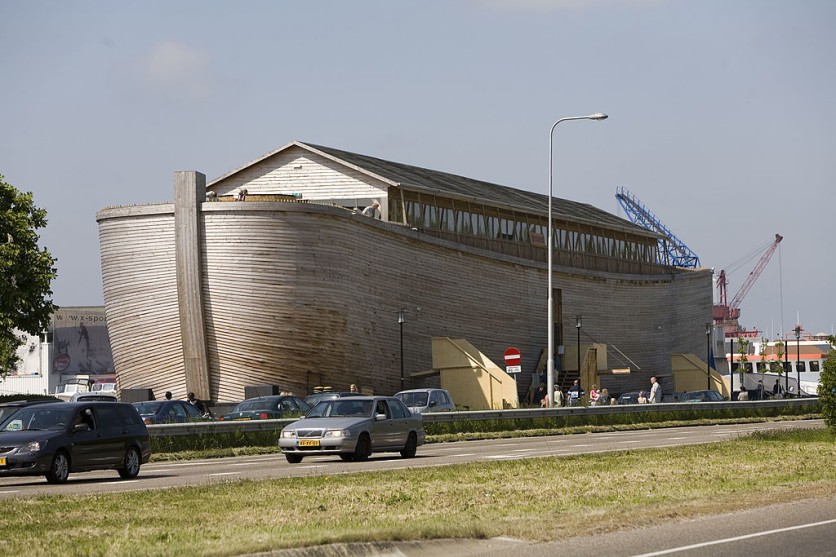Archaeologists believe they are nearing to confirm Noah's Ark's resting place. A team of researchers excavating a geological formation in Mount Ararat in Turkey has dated rock and soil samples they believe contain ruins of Noah's Ark, suggesting that the site aligns with the Bible's timeline of the Great Flood 5,000 years ago.
Investigating Human Evidence for Noah's Ark
The researchers from Istanbul Technical University (ITU), Andrew University, and Agrı Ibrahim CeCen University (AICU) have been working at the geological formation located in Ağrı's Doğubayazıt district for almost a year.
The mountain is Turkey's highest peak, standing at some 16,500 feet with an ark-like shape carving. They suggest that this enigmatic boat-shaped structure could house the remnants of Noah's Ark, the fabled vessel renowned for safeguarding Noah, his kin, and many animal pairs from an apocalyptic deluge.

What intrigued these researchers was the discovery of evidence indicating human activities near the boat-like formation in the mountain's vicinity since the years B.C. 5500 to B.C. 3000.
AICU Vice Rector Professor Faruk Kaya disclosed that their examination of the rocks and soil samples extracted from the Mount Ararat site has unveiled telltale signs of human engagement in the area, and it corresponds to the era following the Noah's Ark flood story.
The findings from their laboratory analysis have provided corroboration for this hypothesis. Nevertheless, it's essential to note that identifying signs of human activities at this site does not conclusively validate the authenticity of the Biblical narrative.
The Durupinar formation, characterized by its ship-like resemblance to Noah's Ark, has long been debated as a possible resting place of the Ark. Thus, it has captivated the interest of those pursuing Noah's Ark's historical location, The Daily Mail reported.
However, the scientific community, including archaeologists, has consistently maintained that the formation's origins are natural rather than the outcome of a fossilized shipwreck, adding that the geological evidence supporting the occurrence of a global flood similar to the one delineated in religious texts remains absent.
While some propose the possibility of a regional flood, even this assertion remains a subject of dispute. The researchers emphasized the need for further extensive investigation to confirm the presence of Noah's Ark at the Durupinar site, citing the complexity of the task.
Collaborative Effort
Kaya has expressed their commitment to continue the research in this area. Citing the Turkish newspaper Hurriyet, Deseret News reported that their findings included signs of "clayey materials, marine materials, and seafood" in the geological formation.
The collaborative effort between three Turkish and American universities started in 2021. But Arkeonews reported that the first part of their work began in December 2022 when they collected 30 samples of rock and soil fragments that the ITU laboratory analyzed.
The age-old story of Noah, his divine mission, the animals saved on the Ark, and the Great Flood remains a subject of enduring fascination and debate. The quest for concrete evidence related to this historical event will likely persist, leaving it to the passage of time to reveal any definitive answers.
Related Article : Here's Why Noah's Ark Isn't Possible, According To A New Study

ⓒ 2025 TECHTIMES.com All rights reserved. Do not reproduce without permission.




